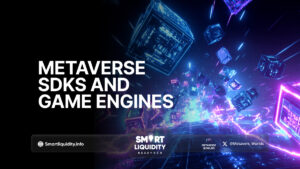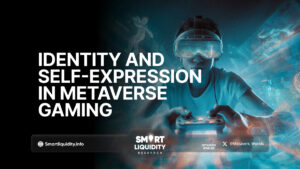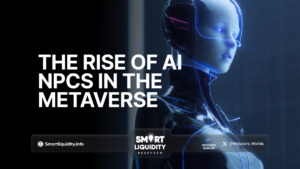Gaussian Splatting and the Next Generation of Immersive 3D Environments


The field of 3D rendering has seen rapid advancements, pushing the boundaries of what we perceive as reality in digital spaces. One of the most exciting innovations is Gaussian Splatting, a technique that promises to transform the way we experience 3D environments.
In this article, we will explore what Gaussian Splatting is and how it paves the way for the next generation of immersive 3D environments.
What is Gaussian Splatting?
Gaussian Splatting is a rendering technique that uses Gaussian functions to approximate 3D shapes and details. Unlike traditional methods that rely on complex polygons or meshes, Gaussian Splatting represents 3D objects through a set of points, each weighted by a Gaussian distribution. This allows for smoother transitions between details and more realistic lighting effects, as each point contributes to the overall scene in a continuous manner. Furthermore, it drastically reduces computational complexity, making it possible to render high-quality visuals at a faster rate.
Revolutionizing Immersive 3D Environments.
As virtual reality (VR) and augmented reality (AR) continue to evolve, the need for more realistic and interactive 3D environments grows. Gaussian Splatting fits perfectly into this trend, offering enhanced realism with less processing power. The technique also opens new doors for gaming, simulations, and architectural visualization. By leveraging its ability to represent complex shapes and lighting, developers can create more dynamic, lifelike worlds that respond to user interactions in real-time.
Moreover, this technique enhances visual fidelity while maintaining performance. As a result, immersive environments can now be more engaging, offering users a deeper level of interaction and presence. Whether through VR headsets or AR glasses, the application of Gaussian Splatting is set to redefine how we perceive and interact with digital spaces.
The Future of 3D Rendering
In conclusion, Gaussian Splatting is a breakthrough that accelerates the development of immersive 3D environments. By offering realistic rendering with less computational strain, it provides developers with new tools for creating next-generation experiences. As VR and AR continue to grow, we can expect this technique to play a central role in the future of 3D rendering.
Disclaimer:
This article is for informational purposes only and does not constitute financial advice. Readers are encouraged to conduct their own research and consult with a financial professional before making any investment decisions




